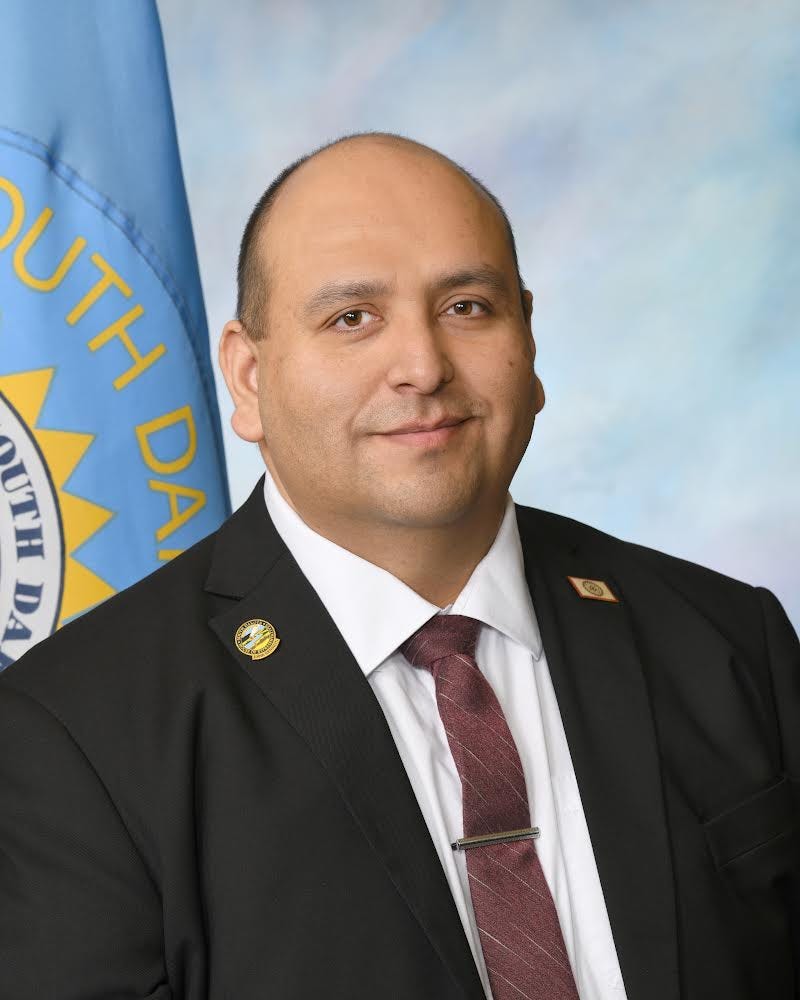VIEWPOINT | Volunteer model collapse makes rural South Dakota ambulances even more 'essential'
Guest column by Rep. Eric Emery
When South Dakotans call 911, they expect help to arrive quickly and without hesitation. However, in many communities, particularly in rural and tribal areas, that promise is not assured. Emergency Medical Services (EMS), which are crucial for public safety, are struggling due to outdated funding models, declining volunteer numbers, and increasing bureaucracy. If we don’t take action now, lives will be lost because no one is available to respond to the call.
Not an ‘essential service’
Unlike other public services, EMS is not considered essential under South Dakota law. This means it doesn’t have to be available in every community, and there is no reliable funding to keep ambulances running. Rural towns and communities, where fewer people live and access to hospitals is already tough, feel the impact the most. Some areas have just one ambulance station to serve hundreds of square miles. In emergencies where every minute counts, residents often wait 30 minutes or longer for assistance, if an ambulance is available at all.
Keep reading with a 7-day free trial
Subscribe to The Dakota Scout to keep reading this post and get 7 days of free access to the full post archives.








